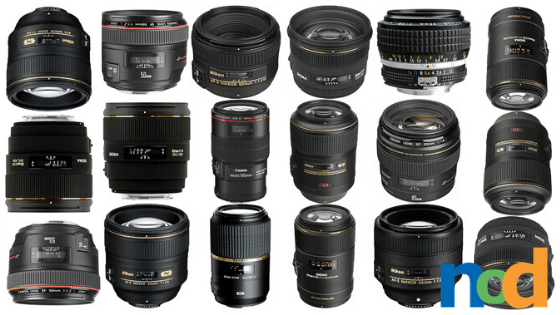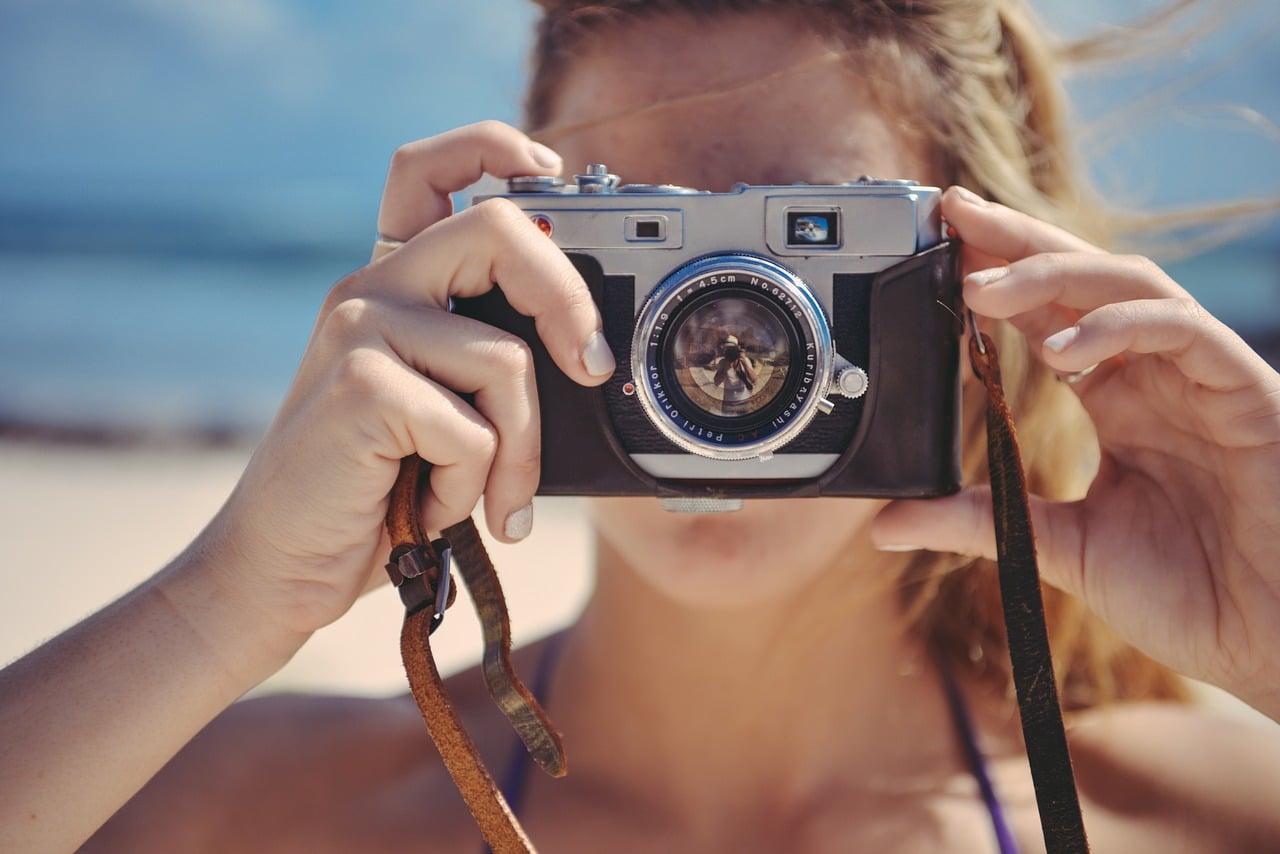Looking at Lenses: Prime
by Taylor Slattery | February 27, 2020

Unlike a zoom lens, which offers a range of focal lengths, a prime lens has only one. You might think this would make them limiting, but there are many reasons to reach for a prime over a zoom. First is that they have larger maximum apertures. This makes them great for shooting in low light. Wider apertures allow you to pull in more light, which means you can keep your ISO low, and shutter speed fast. Zoom lenses with smaller apertures will have to compensate in one or both of these areas and the image quality can suffer. With a prime, you can achieve a proper exposure without having to introduce noise to your image with a higher ISO or worry about any unwanted motion blur with a slower shutter speed. Prime lenses are also less prone to chromatic aberration, the slight separation of colors that tends to pop up when shooting wide open.

Prime lenses are also great for portrait photography. Due to its wider maximum aperture, shooting wide open with a prime lens means buttery smooth backgrounds. This keeps the focus on the subject and makes the shooting location less important. You can take great portraits wherever you are. You may have to drop an f-stop to keep your subject tack sharp but that’s not a problem because with a prime you’ll have room to do so. Prime lenses are also kings of the coveted bokeh, the effect produced by light in an out of focus portion of the image. Having less glass to move through also makes for a sharper image and a lighter lens. If you find a focal length you prefer to shoot, it’s easy to just leave that lens on all day and not have to worry about carrying an excessive amount of gear. Prime lenses are great for travel.

Not having the ability to zoom means you have to think about your compositions more, and for that reason, prime lenses can force you to be more creative with your shots. If you want to change the framing of your image, you have to do so on foot. The only way to zoom is to physically move closer or further from your shot. By becoming more involved in the image-making process in this way, you can really begin to understand focal lengths.
Kit lenses typically offer a range that dips into both wide and telephoto. While this is great for allowing a beginner to try different styles of shooting, it can be a hindrance to their development as a photographer. With zoom lenses, having the ability to switch between focal lengths at will can inhibit your understanding of what you’re doing. As you look through your viewfinder and dial in the composition with the zoom, you may not even realize what focal length you’re shooting at. Only later as you review your images will you notice. Kit lenses are still a great tool to get you started, though. Use them while you get used to your camera and look for patterns within your shots. If you notice that you tend to favor a certain focal length, that would be a great place to start your journey into prime lenses.

Taylor is the Managing Editor of Notes on Design. Taylor is a graphic designer, illustrator, and Design Lead at Weirdsleep.
Would you like to take your photography to a professional level? Sessions College offers online Photography Degree and Certificate programs. Contact Admissions for more information.
Are you interested in stretching your photography skills? Sessions College offers a wide range of online photography courses as well as digital photography degree and certificate programs. Contact Admissions for more information.
Recent Articles






























